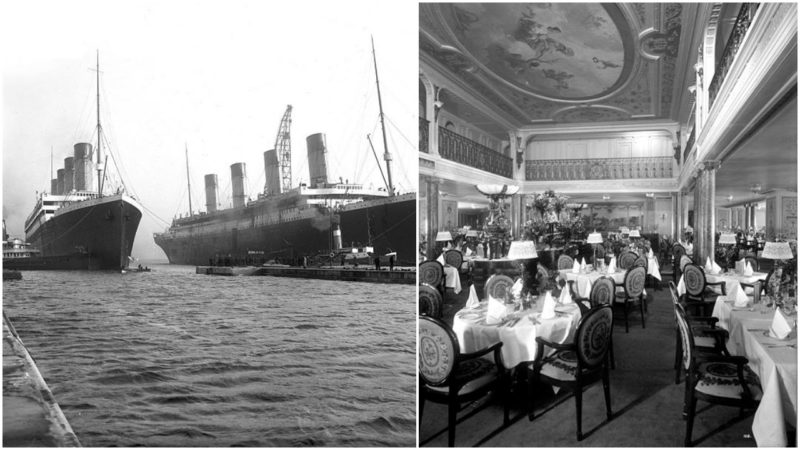A dispute between Britain’s two biggest cruise lines, Cunard Line and White Star Line, led to the birth of Cunard’s RMS Aquitania. White Star Line was the proud owner of both RMS Titanic and RMS Olympic, and Cunard Line had RMS Mauretania and RMS Lusitania: two of the world’s fastest vessels. The White Star Line’s ships were more luxurious and larger.
Before the building of RMS Aquitania, RMS Mauretania was queen of the Atlantic ocean. However, an additional ship was needed to fulfill the weekly service and so plans were made for RMS Aquitania.
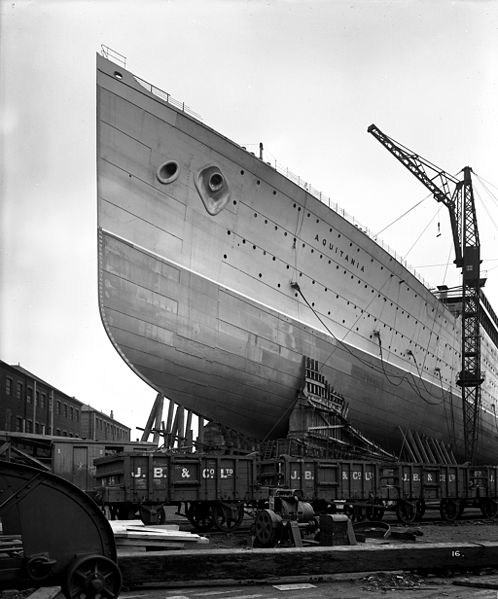
RMS Aquitania was planned to rival RMS Olympic in luxury and size. In 1910, draft plans were laid out in order to figure out the best positioning of the main axes, so the vessel could reach its intended average speed of 23 knots.
A shipbuilding company was chosen in July, after submitting the plans to several companies. John Brown & Company was chosen, the same company that built RMS Lusitania. The three Cunard ships were named in honor of the three Roman provinces: Mauretania, Gallia Aquitania, and Lusitania.
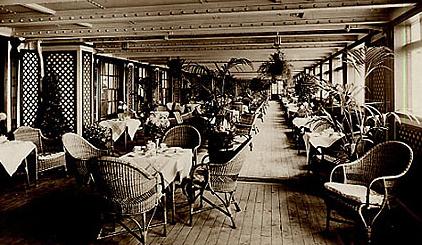
The main architect for the build was Leonard Peskett. He designed plans which detailed that the new vessel would be around 130 feet longer than the rest of the Cunard Line’s ships.
In 1911, Peskett took a trip on RMS Olympic so that he could experience the ship first hand and see how it felt to ride on the 50,000-tonne vessel.
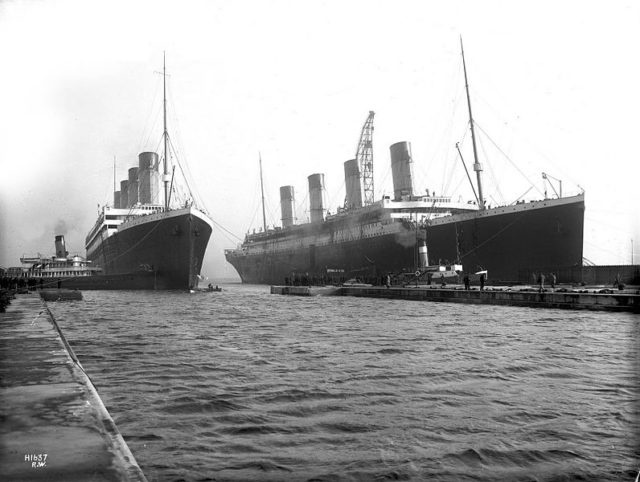
The ship’s keel was installed at the same site where RMS Lusitania was constructed. At a later date, RMS Queen Mary, RMS Queen Elizabeth, and RMS Queen Elizabeth 2 would all be processed on the same shipbuilding yard.
After the sinking of RMS Titanic, RMS Aquitania was one of the first vessels to be fitted with lifeboats capable of saving all of the passengers. The ship had 80 lifeboats and two motorboats, equipped with Marconi wireless equipment.
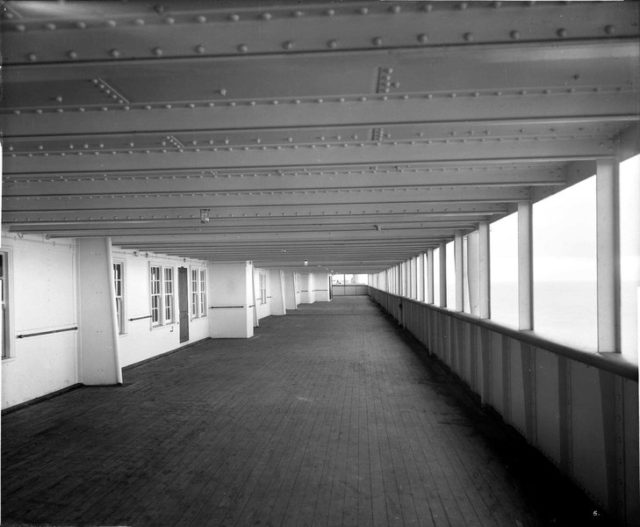
Following the requirements of the British Admiralty, the ship was designed with the possibility of being converted into an armed merchant cruiser if the need arose.
On May 10, 1914, RMS Aquitania was taken for a sea trial, which went flawlessly. The vessel reached the port of the River Mersey on May 14th where she was prepared for her maiden voyage.
Once finished, the ship was capable of carrying 3,200 passengers, 618 of which were in first class. The ship had a crew of up to 1,000. Part of the interior was designed by Arthur Joseph Davis of the Mewès and Davis firm, the company behind the interior of the Paris Ritz.
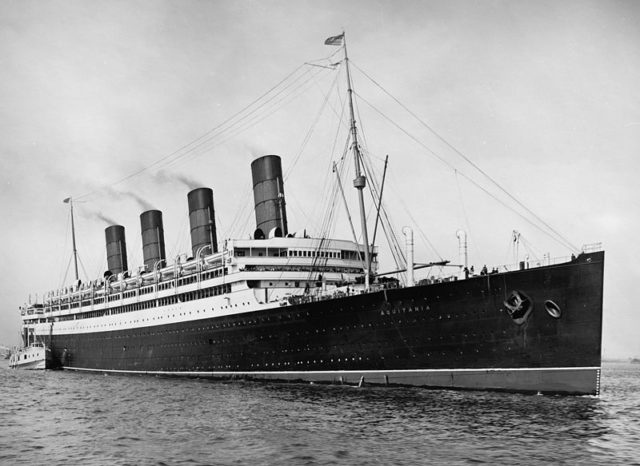
Captain William Turner guided the ship through her maiden voyage. On June 5, 1914, RMS Aquitania arrived in New York. The ship ran successfully as a passenger liner until the arrival of World War I. On August 5, 1914, she became an armed merchant cruiser.
See also: Top 5 Ghost Ships – Do they still roam the Seas?
Her role as an merchant cruiser ended on September 30th the same year. In 1915, she became a troopship and carried soldiers to the battlefields. The same year, RMS Aquitania had a brief role as a hospital ship, only to be converted back into a troopship a year later.
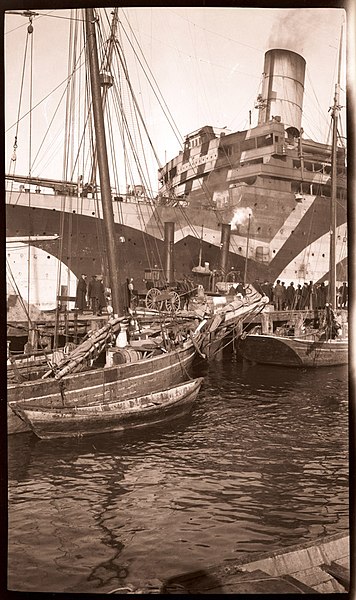
When World War II started, RMS Aquitania was once more used as a troopship. She managed to survive the war and was returned to civilian use in 1948.
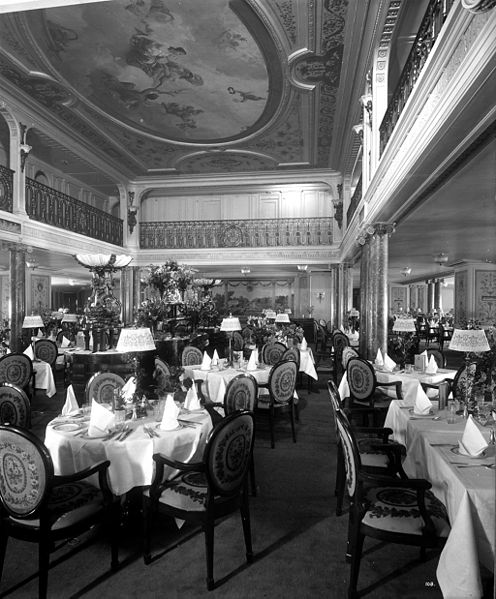
Her final voyage happened one year later, in 1949. She was removed from service due to her significant age; it would have been too expensive to bring the ship up to modern safety standards.
RMS Aquitania was sold for scrap in 1950. It took one year to fully scrap the giant ship, erasing it completely after 36 years of existence and 3 million miles traveled.
